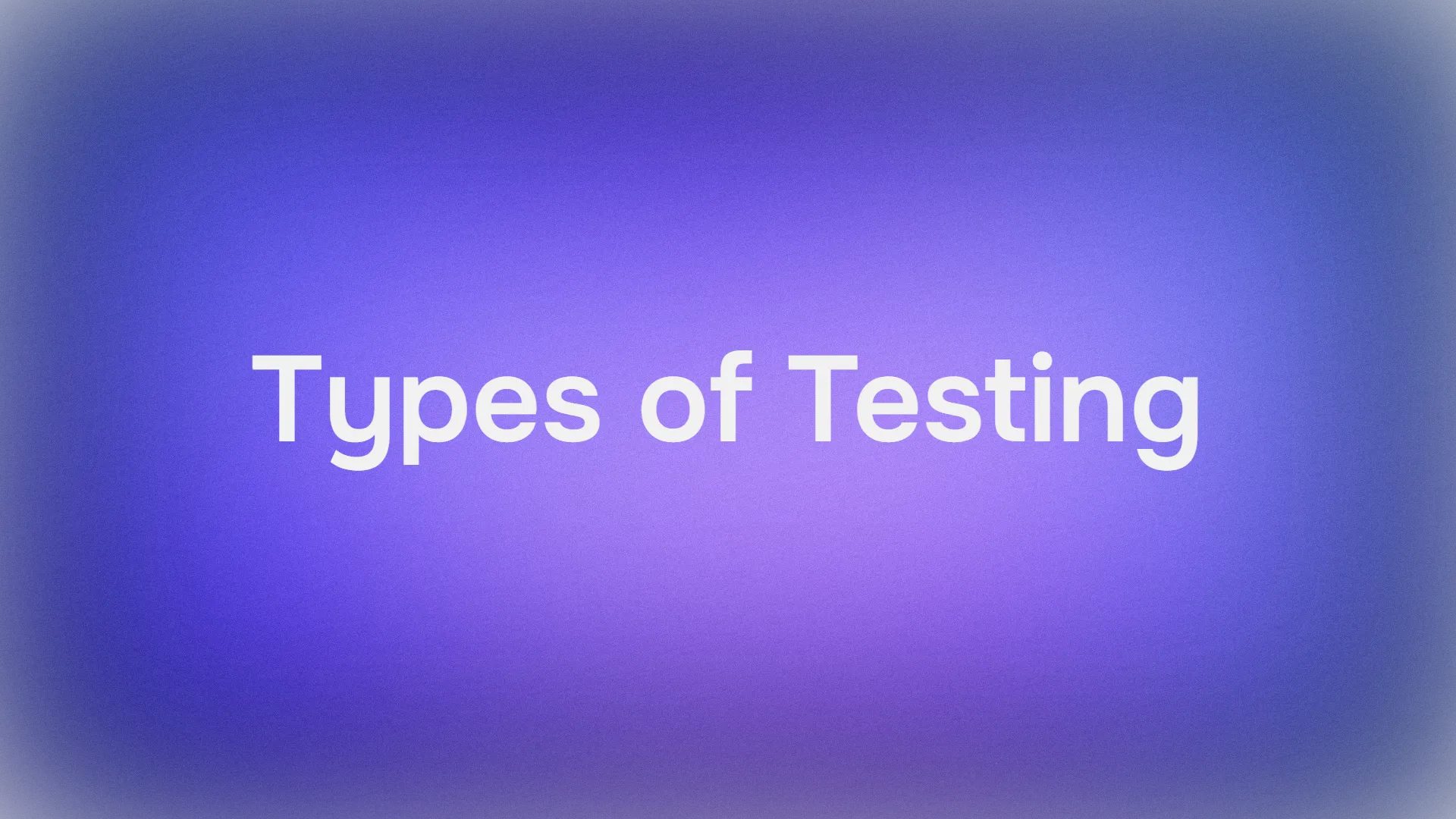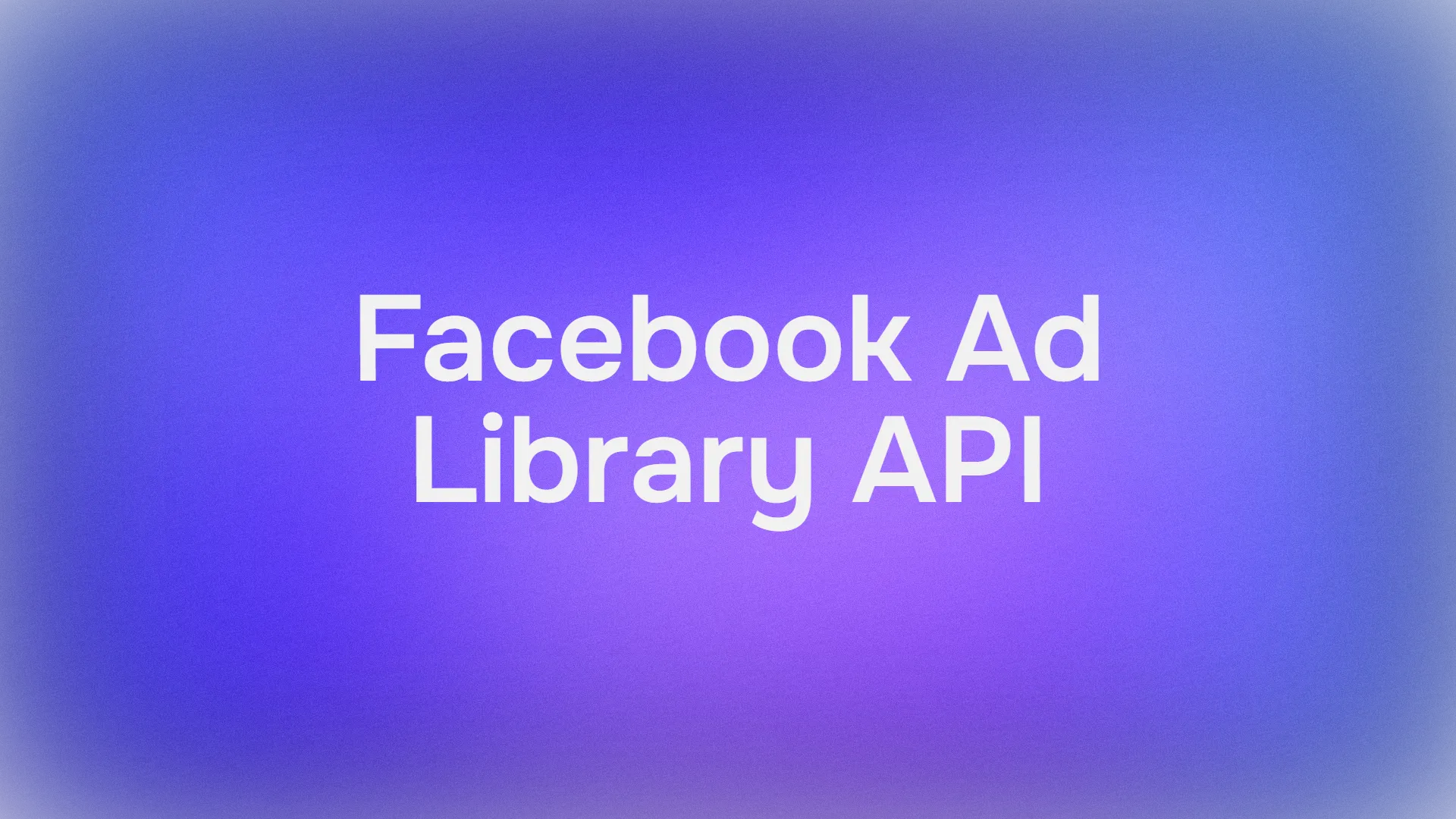Launched in 2005, YouTube is now a massive free video-sharing platform that boasts 2.5 billion monthly users. Essentially, you can find a video for anything you wish to find (as long as it does not break the user's agreement.).
To ensure that you can properly implement third-party APIs on your app, you will need an API tool like Apidog, a design-first API development platform.
Equip yourself with functionalities for the entire API lifecycle with Apidog today by clicking the button below. 👇 👇 👇
What is YouTube?

YouTube is a free-to-use video-sharing platform that allows anyone around the world to watch, upload, comment on, and share videos.
YouTube Features
There are a few main features that YouTube has to show:
- Vast video library: You can find almost any kind of video content on YouTube, from music videos and movie trailers to educational tutorials, funny cat clips, and gaming live streams.
- User-generated content: Anyone can create a YouTube channel and upload their own videos. This has fostered a vibrant community of creators who share their passions and interests with the world.
- Social media aspects: You can subscribe to channels you like, follow other users, leave comments on videos, and create playlists to organize your favorite content.
- Accessibility: YouTube is available on a wide range of devices, including computers, phones, tablets, and even smart TVs, making it easy to watch videos anywhere.
YouTube Use Cases
There are a few reasons why many people use YouTube. With the myriad of videos available online, it can satisfy almost any needs that people may have.
- Entertainment: It's a go-to source for watching music videos, movie trailers, funny clips, and even full movies (with varying copyright restrictions). Live streams of gaming, concerts, and other events add to the entertainment options.
- Learning: YouTube offers a wealth of educational content, from academic lectures and documentaries to DIY tutorials, skill-building courses, and educational channels for kids.
- Information Gathering: Looking for news updates, product reviews, travel tips, or historical footage? YouTube provides a platform for creators to share informative content on virtually any topic.
- Self-expression and Connection: Anyone can create a YouTube channel and share their passions, hobbies, or expertise. This fosters a sense of community and allows viewers to connect with creators who share their interests.
- Marketing and Business: Businesses can use YouTube for marketing purposes, creating product demos, customer testimonials, or behind-the-scenes content. It's also a platform to reach a large audience and build brand awareness.
Utilize YouTube Data via YouTube's Data API
With the vast amounts of users and content that YouTube has, there is a lot of valuable data and statistics waiting to be revealed with the YouTube Data API.

With YouTube Data API, you can create applications with these potential functionalities:
- Content Exploration and Search: Revolutionize how users discover videos. Build applications that search for videos based on keywords, topics, channels, or other criteria.
- Curated Experiences: Leverage YouTube Data API to create dynamic and engaging experiences by crafting personalized video recommendations or thematic playlists based on user preferences.
- Channel Management (with proper authorization): Simplify channel management for creators by developing applications that can schedule uploads, manage playlists, or track channel analytics.
- Data Analysis and Insights: You can use YouTube Data API to gather data on video views, likes, comments, and other metrics, enabling insightful analysis for creators and marketers. These demographics can be useful for business analyses.
- Integration with Other Platforms: Break down silos and create a more connected experience. Integrate YouTube functionalities like video playback or search features into your existing websites or applications.
YouTube Data API Pricing Strucutre
YouTube Data API is free of charge, meaning that anyone can utilize the API for free.

However, the usage of YouTube Data API is not free. For each Google Cloud project created, you are allocated 10,000 "units" of quota per day. It means that once you have exhausted your daily quota allocation with the various operations you can do with YouTube Data API.
To see more about the daily quota allocation and how many quotas calling each API method costs, check out their page:

Requirements for Using YouTube Data API
To use YouTube Data API, you will need an API key. Every request made will require a specific API key, which can be obtained in the Developer Console's API Access pane for the API.
Obtaining a YouTube Data API Key
Firstly, visit this website and log in to your Google Account.


You should see a page similar to the image above. If this is your first time accessing this page, click the CREATE PROJECT button.

Google Cloud allows you to edit the name of the project and select the location (or under which organization) the project would like to be. Once you are satisfied, click CREATE.

If the creation of the Google Cloud project was successful, you should be on the project dashboard page. On the left side of the screen, there is a Pinned Products list. Locate "APIs & Services" and press it, as shown in the image above.

Next, press the "+ Enable APIs and Services" button.

Now that you are located in Google Cloud's API Library, using the search bar, type in "YouTube Data API".

You will be returned with three different YouTube APIs that are all applicable for implementation in your application! However, YouTube Data API v3 will be selected in this article, as we believe it has a wider variety of API methods that any developer can utilize. The other two YouTube APIs are especially useful for creating applications for YouTube content creators.

Lastly, press the ENABLE button so that you can begin using YouTube Data API v3.

You should now have the details of YouTube Data API v3. However, as mentioned before, you will need an API key to make requests using YouTube Data API, therefore, you will need to click the CREATE CREDENTIALS button as shown in the image above.

Since we want to obtain an API key, choose the "Public data" option to continue. Yes - you may also use an OAuth client to work with YouTube Data API if you would like to!

Make sure to keep the API key safe, and keep it handy because we will need it for the next part!
Using Apidog to View YouTube Data API Methods
To know how the YouTube Data API works, we have to first understand how the API makes a request and sends back a response, so that we understand how to process the data presented to us by the API.
We recommend using Apidog, an all-in-one API development tool that allows us to easily view and modify API requests. With a simplistic and intuitive user interface, you can easily adjust to Apidog's app strucutre in no time.

Before continuing, we are going to need to refer to the YouTube Data API documentation, or API reference as they call it:

This is where we can view what the API URLs are required to look like, as well as more insight to what each of the API methods do!
Generate cURL Code for Importing Onto Apidog
Firstly, select a method that you would like to observe. For this example, the Caption: list method is used for demonstration.

To generate the cURL code for importing, press the See code samples button.

On this page, you can copy all the code on the left-hand side, or press the copy button found in the top right corner, underneath the Python header.
You can also press Execute to see what a successful response looks like!

Next, open Apidog, and locate the purple + button to select Import cURL. You can also use Ctrl + I as a shortcut to immediately start importing the cURL code.

Apidog will prompt you to paste the cURL code for the YouTube Data API method. Paste the code here and click OK.

Before making the request, make sure to change the key to the API key that you received from the previous section above.
Using Apidog's API Hub to See Other APIs in Action
Apidog has a feature, API Hub, that displays a collection of thousands of other APIs that you can see and implement for your application.

The API Hub has a project on Youtube Reporting API, so if you are interested in observing how the said API works, make sure to check it out!


Conclusion
The YouTube Data API acts as a bridge, allowing developers to tap into the vast video content and user base of YouTube. By providing programmatic access to search, channel data, and video information, it unlocks a world of creative possibilities. From crafting personalized video recommendations to empowering creators with channel management tools, the API fuels innovation across various applications.
Ultimately, the YouTube Data API empowers developers to extend the reach and functionality of YouTube, shaping a more dynamic and engaging video experience for everyone.
With Apidog and its API Hub feature, you can now easily understand and modify APIs on your own. Aside from modifying APIs, you can also create APIs of your own, and test them once you have finished designing them!




